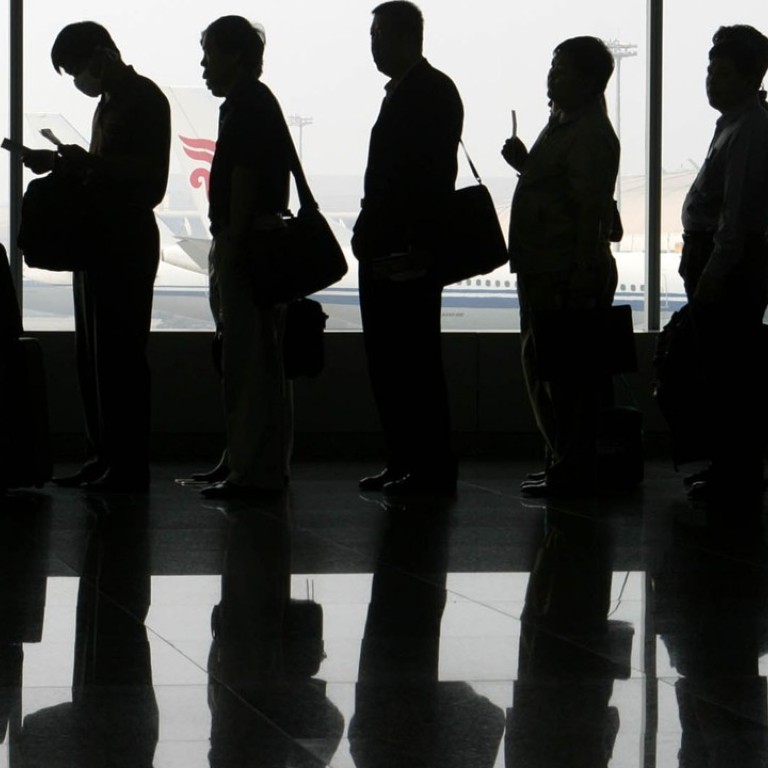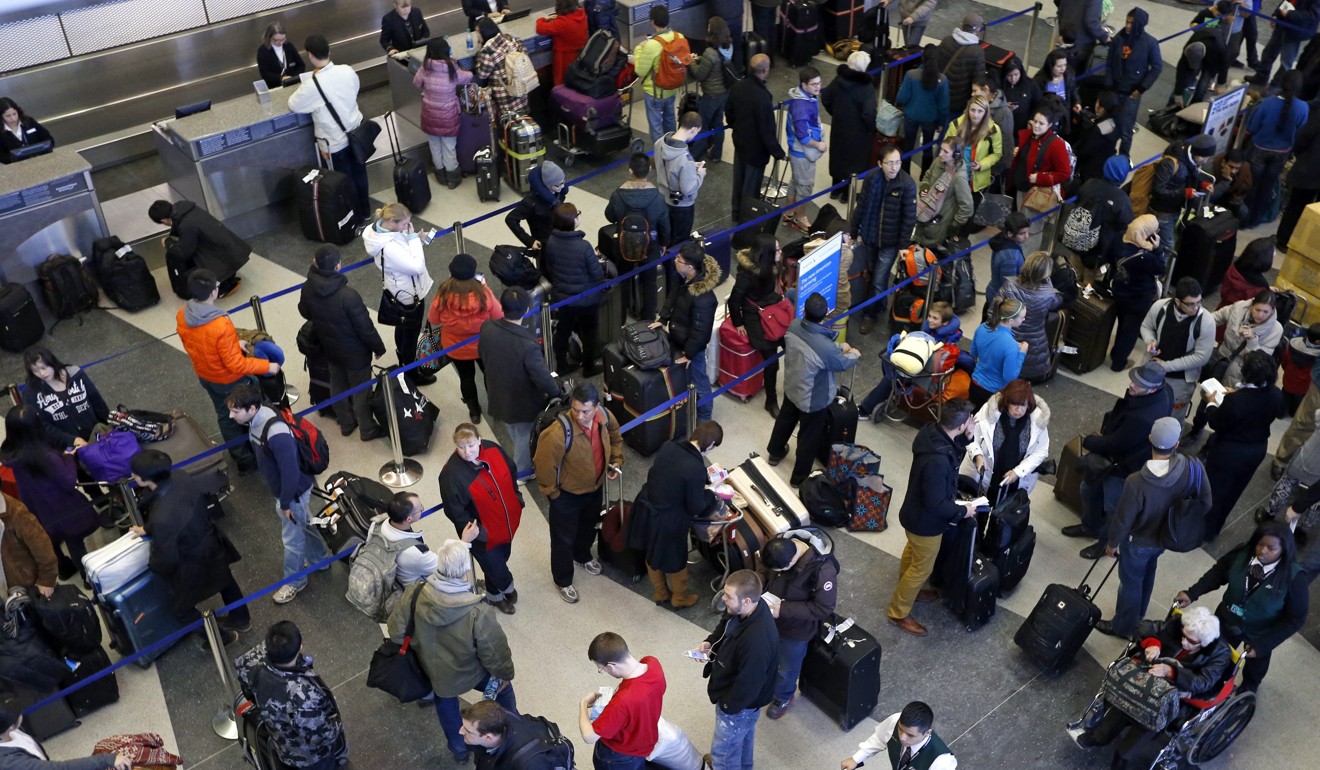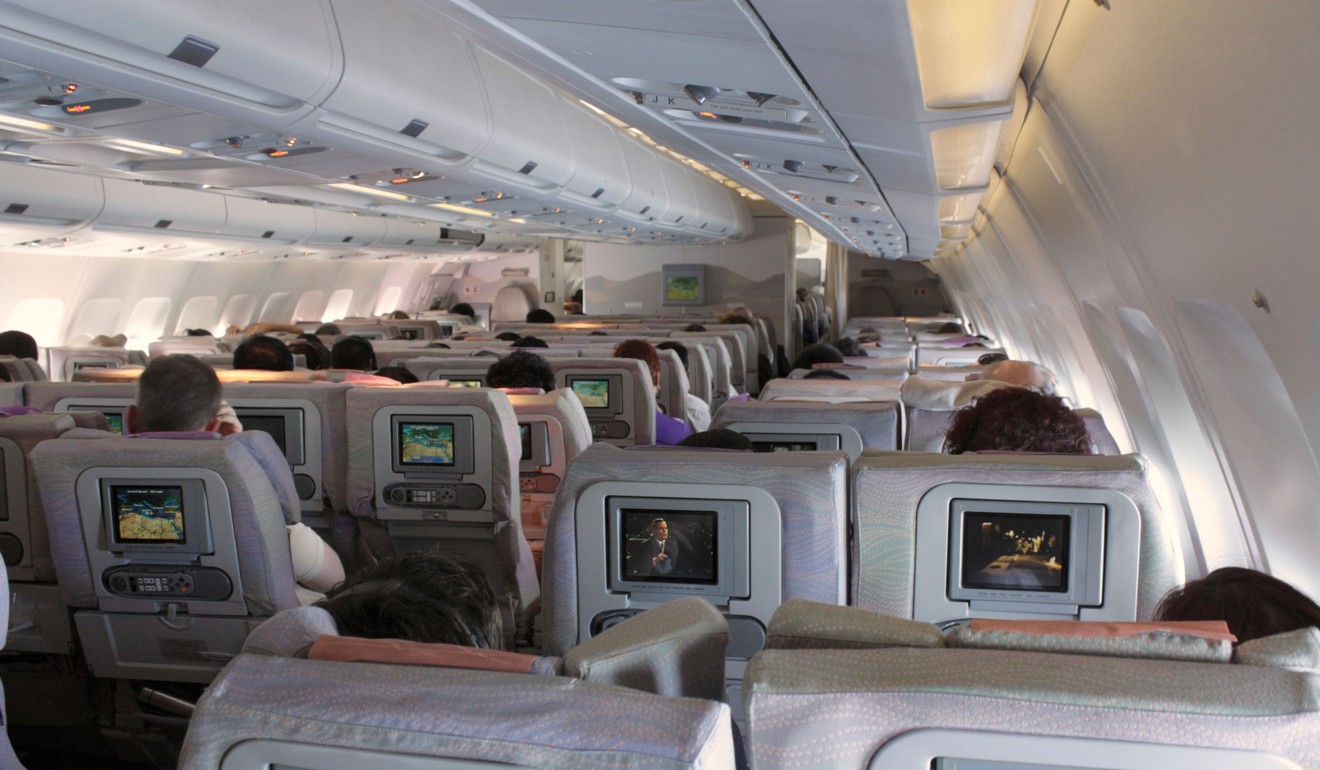
Ultra long-hauls may make sense for airlines – but often their dreadful discomfort starts elsewhere
A delayed flight out of Heathrow and our writer watched his flight plans unravel
In 2016, the year of Peru’s chairmanship of the Asia-Pacific Economic Cooperation (APEC), I was forced to suffer more trials by long-haul air flight than any human body should reasonably be forced to endure.
None of the four flights back then was without pain, so acute that the scars twitch still today.
And I’m not talking about long periods in the air, as so many people have been doing since the recent launches of much longer direct flights, such as the 17 hour 40 minute Auckland to Doha flight by Qatar Airways, and that flying between Perth, Australia and London, run by Qantas.
For me, the dreadful discomfort of long distance air travel has its roots elsewhere.
Take two of the Peru flights as examples.
On the first, I had to start at meetings in Port Moresby in Papua New Guinea, and first fly via Singapore to London, where I had a stopover to visit my father who was at that time suffering horrid treatment for cancer. Rushing back to Heathrow, my next challenge was to get to Arequipa in the south of Peru, via New York and Lima.
That is when the first hitch happened.
British Airways postponed its flight out of Heathrow for three hours. That meant a mad midnight rush between terminals at JFK airport in New York, only to find the LAN Airlines (which is Chilean) flight to Lima already on the runway. Don’t worry, a very sweet LAN check-in staff commiserated: we have a flight to Guayaquil in an hour.
I don’t recall ever before or since being invited to book onto a flight to a city I had never heard of, but there I was an hour later boarding a flight to this tiny southern Ecuadorean city, with an onwards connection to Lima.

Of course, by the time I got to Lima my onwards flight to Arequipa had long gone, and all later flights were fully booked, so I joined a very South American scrummage for a standby ticket. I got into Arequipa late that night after a total journey time of almost three days.
Journey number two was back from Arequipa, via Lima and Los Angeles to Hong Kong, where, after a quick shower and change of suitcase at home the plan was to return to the airport to fly via Port Moresby to Kokopo, the capital of East New Britain and venue for an APEC Tourism Working Group meeting.
Problem number one: luggage had been left behind in Los Angeles. No matter. It would arrive in Hong Kong in a couple of days, and I could meanwhile collect a fresh case at home.
Problem number two: Air Nuigini’s flight to Port Moresby was postponed for a day – which meant I missed the presentation I was supposed to be giving in Kokopo – and of course a once-in-a-lifetime chance to visit a town I had only read about in university anthropology text books.
The point I’m making here is that among the many pain points linked with long-haul travel, rather few – and certainly not the worst – have anything to do with the time in the air.
If a passenger on the Auckland-Doha flight, for instance, has to start from somewhere else, or catch a connection onwards from Doha, I can guarantee that most of the pain and stress linked with that journey sits elsewhere.
Qantas’s chief executive Alan Joyce may not be wrong when he said the big driver for passengers on such ultra-long flights, “is they save time”.
Airline marketing people and advertising agencies do us all a gross disservice by concocting a story of bliss and transcendent relaxation on that flight from Singapore to London, or to New York via Los Angeles
But his time frame and my time frame are different.
Mine starts as I leave home with my suitcase and a nagging concern I might have forgotten something important, and does not finish until I arrive in the destination hotel with my suitcase safely in hand.
Airline marketing people and advertising agencies do us all a gross disservice by concocting a story of bliss and transcendent relaxation on that flight from Singapore to London, or to New York via Los Angeles. The sooner they acknowledge the pain and stress linked with almost every stage of air travel, the sooner the credibility of the world’s favourite airlines will recover.
Much of this pain is not the fault of the airlines. Check-in processes, immigration procedures, gate boarding scrummages, and the virtual certainty that you and your luggage will not leave Los Angeles together, cannot be blamed on airlines.

But there is a simple reality that human beings were not designed to spend lengthy periods of inert time in such proximity to total strangers with most lavatories showing signs of distress or dysfunction seven or eight hours after take-off.
But let’s not be too curmudgeonly. The introduction of such new long-haul flights involves awesome improvements in airline design and engine technology which has greatly reduced the environmental harm due to air travel.
Introduction of composite materials is allowing Boeing and Airbus to create much better environments inside aircraft on these long journeys. New seat designs are giving more leg room even as more passengers are packed in.
For countries such as Australia, New Zealand, Peru, Chile or Argentina, these new aircraft can make a huge difference in linking them to the world. The 10,000-km range of Boeing’s new Dreamliners is understood to make it possible to fly directly between 170 new city pairs worldwide.
For those of us lucky people in places like Hong Kong, which has half the world’s population living with five hours flying time, airlines’ long-haul athleticism is much less important than elimination of many other stress points
But for those of us lucky people in places like Hong Kong, which has half the world’s population living with five hours flying time, airlines’ long-haul athleticism is much less important than elimination of many other stress points.
For those of us who for the foreseeable future are still going to need to fly economy, there is better guidance on how to reduce the pain intrinsic to long-haul travel: keep your route as simple as possible; take advantage of our in-town check-in; wrangle access to an airport lounge; take an aspirin and compression socks to reduce anxieties about deep vein thrombosis; eat little; don’t drink alcohol at all; sit on the aisle so you don’t have to climb over people every time you need to visit the toilet; pray the toilets keep functioning. And at all costs avoid Los Angeles.
David Dodwell researches and writes about global, regional and Hong Kong challenges from a Hong Kong point of view

